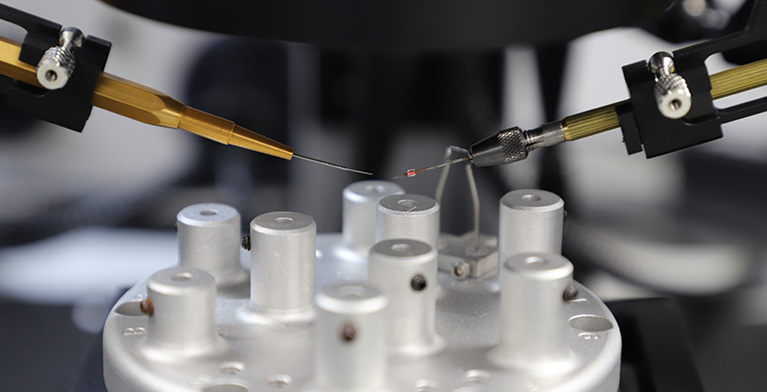About SRNL
We Put Science to Work.
Savannah River National Laboratory (SRNL) is an applied research and development laboratory for the U.S. Department of Energy (DOE) Office of Environmental Management at the Savannah River Site in South Carolina. Since starting operations in the 1950s during the Cold War, SRNL has built its reputation in three primary mission areas – environmental and legacy management, national security, and weapons production technology – earning the designation of a national laboratory in 2004. It is the only DOE Environmental Management sponsored lab.
Our Mission
SRNL puts science to work to protect our environment, serve our national defense, secure our clean energy future and reduce emerging nuclear threats.
Our Vision
To be the nation’s premiere national laboratory in applied science and engineering, delivering solutions to environmental, energy and security challenges.
Multidisciplinary Teams
SRNL multidisciplinary teams boast a broad range of engineering and scientific backgrounds experienced in manufacturing solutions for a wide range of national challenges.
Core Competencies
SRNL’s Three Mission Areas – Environmental and Legacy Management, National Security and Science and Energy Security – and Six Core Competencies Provide Solutions for Department of Energy and Other Strategic Partners.

Accelerating remediation, minimizing waste, and reducing risk.
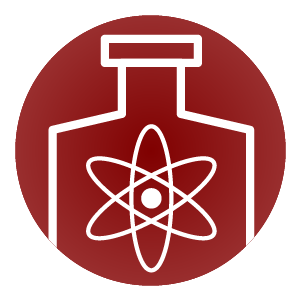
Enabling next-generation nuclear material processing and disposition.

Creating manufacturing solutions for EM, NNSA, and energy security.

Assuring production and supply of strategic materials and weapons components.
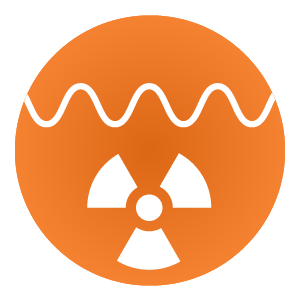
Sensing, characterizing, assessing, and deterring nuclear proliferation.

Securing connected control systems and associated data.
ACHIEVING BREAKTHROUGH
RESULTS SINCE 1951
1951 – 1990
Savannah River Laboratory
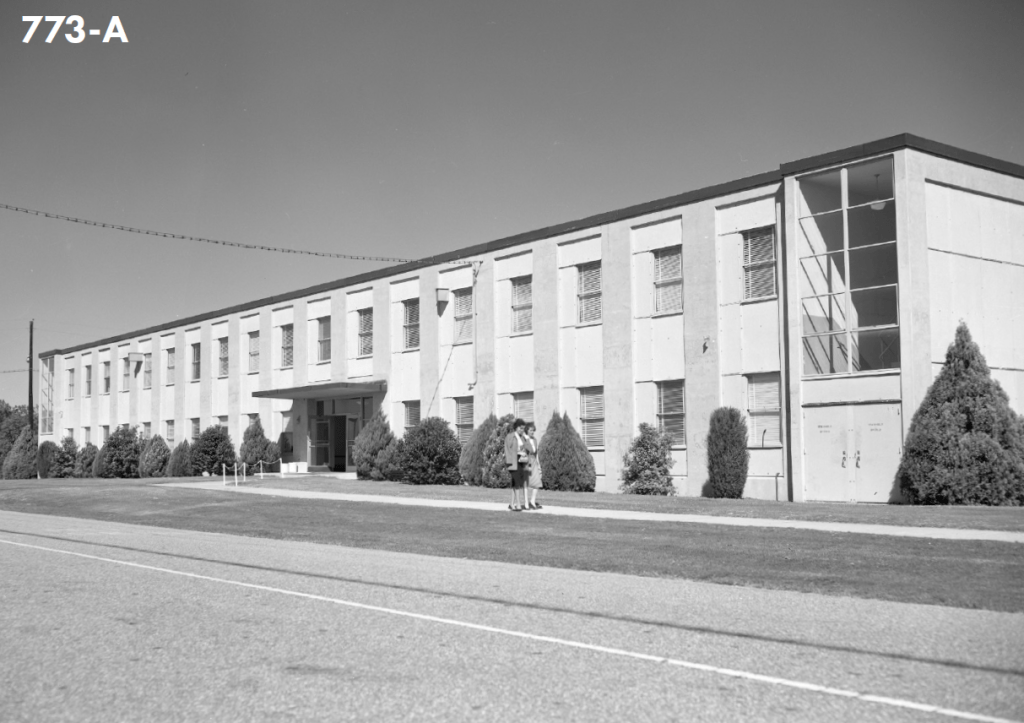
Cold War Years
Served as the Savannah River Site (SRS) research and development lab with a primary focus on startup and operation of site processes and facilities.
1991 – 2003
Savannah River Technology Center
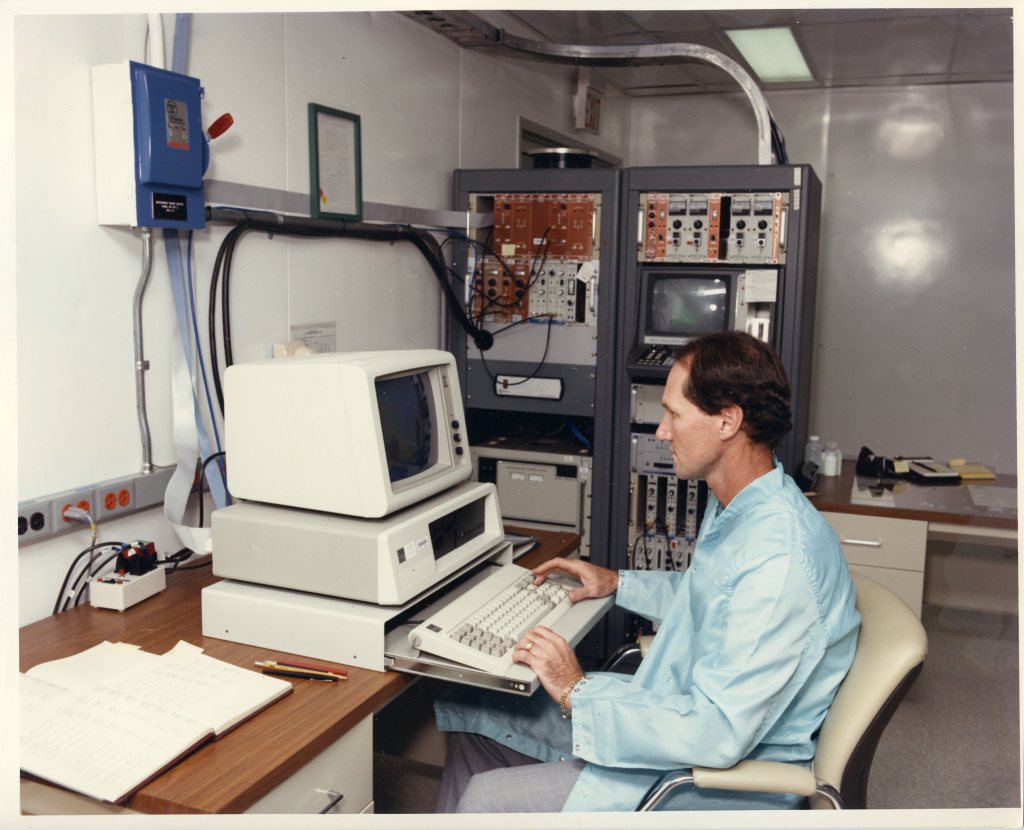
Post-Cold War Years
An evolving emphasis on environmental remediation, tritium processing and nonproliferation with efforts to expand the customer base beyond SRS.
2004 – 2013
Savannah River National Laboratory
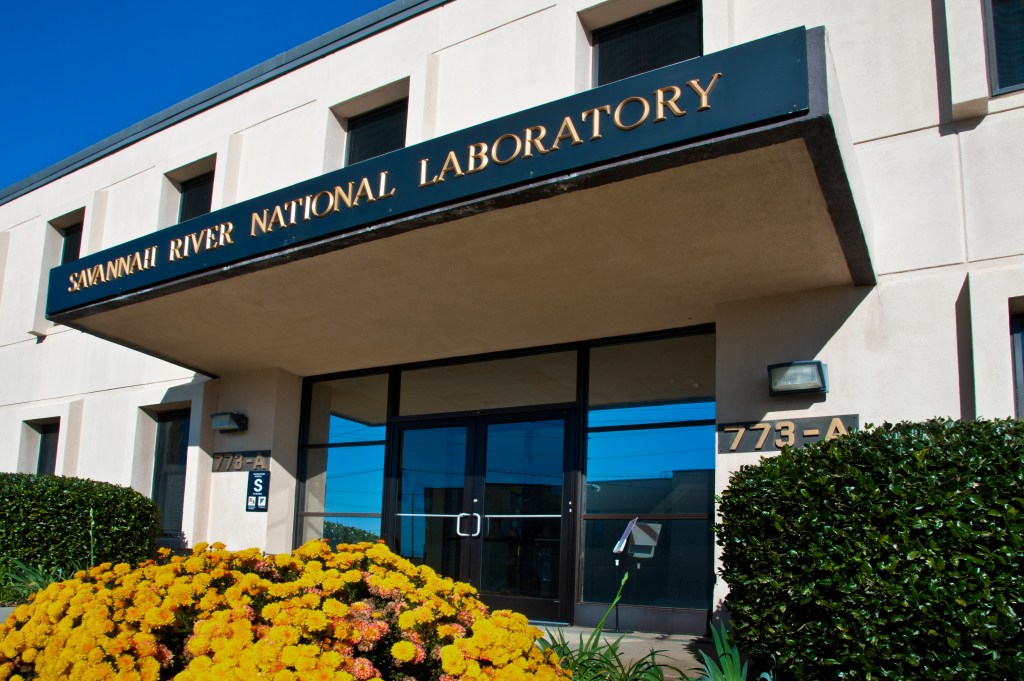
National Laboratory 2004 – 2013
SRNL became a U.S. Department of Energy (DOE) national laboratory in 2004, one of just 17 national labs in the DOE network. SRNL plays a critical role in maintaining a safe, secure and reliable nuclear deterrent and to reduce global nuclear threats.
Our Strengths
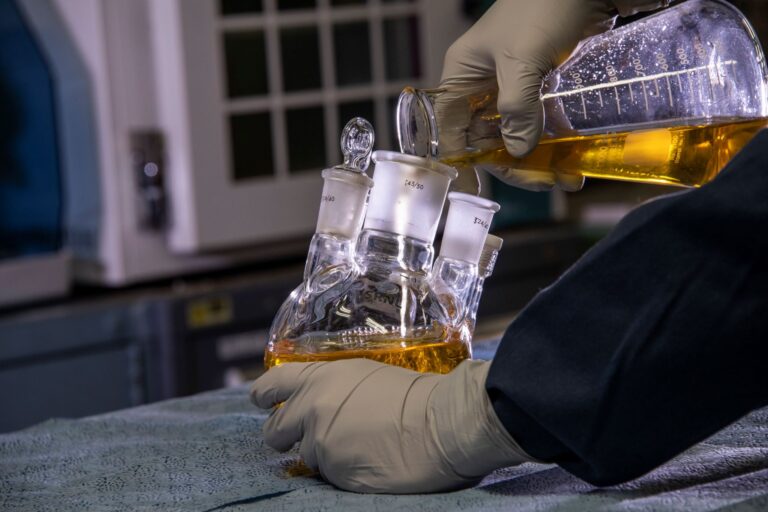
Research Areas
SRNL conducts research critical to the safety and security of our nation and the world.

Science & Technology
SRNL scientists and engineers create technologies to improve environmental quality, support international nonproliferation, dispose of legacy waste and provide clean energy sources.

